The fashion industry is undergoing a massive shift, and secondhand clothing is at the forefront of this transformation. As consumers become more environmentally conscious and seek affordable alternatives, the appeal of second-hand clothing is undeniable. No longer seen as just a budget option, it has become a stylish and sustainable choice for those who want to reduce their carbon footprint without compromising on fashion. In this article, we’ll explore why second-hand clothing is emerging as the future of fashion and how it’s reshaping the way we think about what we wear.
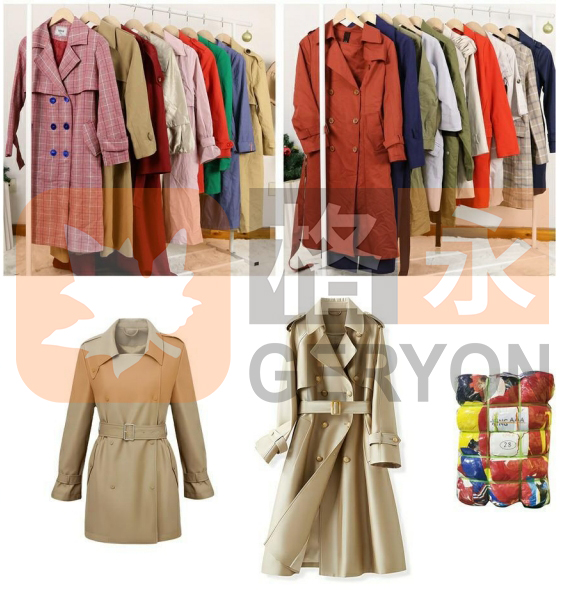
Table of Contents
Introduction: The Rise of Secondhand Clothing
The rise of secondhand clothing marks a significant shift in how consumers approach fashion. Once seen as a niche market, second-hand clothing has now entered the mainstream, appealing to a wide range of shoppers who are seeking both sustainability and affordability. As the environmental impact of fast fashion becomes more apparent, more people are turning to used clothing as a solution to reduce waste and lessen their carbon footprint. This shift is driven not only by eco-consciousness but also by the desire to access high-quality, unique fashion items at a fraction of the price. As a result, pre-owned clothing is no longer just a trend; it’s becoming a fundamental part of the future of fashion.
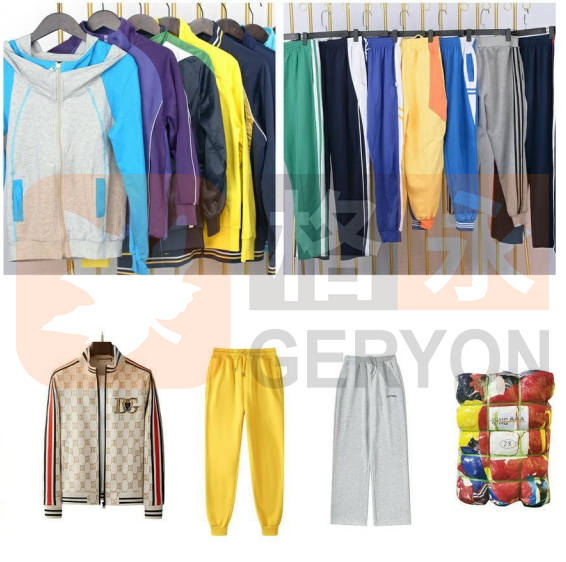
Overview of the Growing Popularity of Secondhand Fashion
Secondhand clothing has seen a remarkable surge in popularity over the past decade. What was once associated with thrift stores and bargain hunters has now evolved into a booming industry, embraced by fashion-forward consumers and sustainability advocates alike. With the rise of online resale platforms like Depop, Poshmark, and ThredUp, secondhand clothing is more accessible than ever before, allowing people to buy and sell pre-loved items with ease. This trend is further fueled by influencers and celebrities who promote vintage and secondhand finds, normalizing the practice of wearing pre-owned clothing. As a result, secondhand clothing has transitioned from a budget-conscious choice to a stylish and environmentally responsible option, attracting shoppers from all walks of life.
Why Consumers Are Shifting Towards Eco-Friendly and Affordable Options
The shift toward pre-owned clothing is largely driven by a growing awareness of the environmental impact of the fashion industry. With fast fashion brands contributing to pollution, excessive water use, and massive textile waste, consumers are increasingly seeking eco-friendly alternatives. Secondhand clothing offers a simple yet effective way to reduce fashion’s environmental footprint, as it promotes the reuse of garments and minimizes the demand for new production. In addition to its environmental benefits, secondhand clothing is an affordable option for those looking to update their wardrobe without overspending. By choosing secondhand, shoppers can access high-quality, unique pieces at a fraction of the cost, making sustainable fashion both accessible and economical.
The Environmental Impact of Fast Fashion
The environmental impact of fast fashion is one of the most pressing issues facing the fashion industry today. Fast fashion’s rapid production cycles and disposable nature contribute to significant waste, water pollution, and greenhouse gas emissions. Every year, millions of tons of textiles end up in landfills, while vast amounts of water and chemicals are used in garment production. In contrast, secondhand clothing provides an eco-friendly solution to this growing problem. By choosing pre-owned clothing, consumers help reduce demand for new clothing production, which in turn cuts down on the environmental damage caused by resource-intensive manufacturing processes. Not only does secondhand clothing extend the life cycle of garments, but it also helps divert clothing waste from landfills, offering a practical way to combat the negative effects of fast fashion.
How Fast Fashion Contributes to Waste and Pollution
Fast fashion has become synonymous with overproduction and overconsumption, leading to massive amounts of waste and pollution. Brands that push out new collections every few weeks encourage consumers to purchase cheaply made garments that are often discarded after a few wears. This cycle generates vast textile waste, with millions of tons ending up in landfills each year. In addition to waste, the production process of fast fashion involves excessive use of water, energy, and harmful chemicals, contributing to water pollution and greenhouse gas emissions. By contrast, secondhand clothing offers a solution to break this cycle. Instead of continuously buying new, people can extend the life of existing garments, reducing the demand for new resources and helping to alleviate the environmental strain caused by fast fashion.
The Role Secondhand Clothing Plays in Reducing Fashion’s Carbon Footprint
Secondhand clothing plays a crucial role in lowering the carbon footprint of the fashion industry. Every new garment produced requires raw materials, energy, and water, all of which contribute to carbon emissions. By opting for second-hand clothing, consumers help reduce the need for new production, thus cutting down on the significant environmental costs associated with manufacturing new clothes. In fact, research shows that reusing just one garment can save a substantial amount of carbon dioxide and other pollutants. By embracing secondhand clothing, shoppers not only save money but also contribute to a more sustainable fashion ecosystem, where fewer resources are consumed and less waste is generated.
Affordability: A Key Advantage of Secondhand Clothing
One of the key advantages of secondhand clothing is its affordability. In a world where fashion prices can soar, secondhand clothing offers consumers the opportunity to access high-quality, stylish garments at a fraction of the original cost. Whether shopping at thrift stores or browsing online resale platforms, buyers can find unique, often brand-name items that fit their budget without sacrificing style. This makes second-hand clothing an attractive option for those looking to save money while still enjoying a diverse wardrobe. Additionally, the affordability of second-hand clothing allows people to experiment with fashion trends more freely, knowing they are making both an economical and environmentally conscious choice.
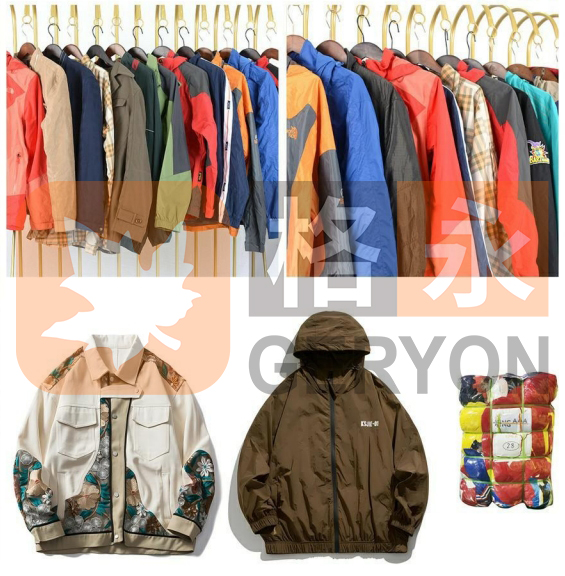
Comparing the Cost of New vs. Secondhand Garments
When comparing the cost of new clothing to secondhand clothing, the difference is often striking. New garments, particularly from high-end brands, can come with a hefty price tag, while secondhand clothing offers the same quality at a significantly lower cost. For example, a designer jacket that might retail for several hundred dollars can often be found in secondhand shops or online platforms for a fraction of the original price. This affordability allows consumers to buy more durable, well-made items without breaking the bank. By choosing secondhand clothing, shoppers not only save money but also avoid the depreciation in value that comes with buying new items, making it a financially smart alternative.
How Secondhand Clothing Is Making Fashion More Accessible
Secondhand clothing is revolutionizing the way people access fashion, making it more inclusive and affordable for a wider audience. In the past, owning high-quality or designer pieces might have been out of reach for many, but secondhand clothing has changed that dynamic. With a vast selection of gently-used, often like-new items available at a fraction of the price, fashion is now accessible to everyone, regardless of budget. This accessibility extends beyond affordability; secondhand clothing also opens the door to a more diverse range of styles, including vintage and rare pieces that aren’t found in mainstream retail stores. By lowering financial barriers, secondhand clothing ensures that fashion can be enjoyed by all, regardless of income level.
The Growth of Secondhand Clothing Markets
Sustainability is at the heart of the circular economy, and second-hand clothing plays a vital role in supporting this model. In a traditional linear fashion system, garments are produced, worn, and then discarded, leading to massive waste and resource depletion. The circular economy, however, focuses on keeping products in use for as long as possible through recycling, reusing, and repurposing materials. Secondhand clothing fits perfectly into this approach by extending the life cycle of garments and reducing the need for new production. By choosing second-hand clothing, consumers actively contribute to a more sustainable fashion system that minimizes waste and conserves resources, all while enjoying stylish, high-quality pieces. This shift towards circular fashion is not only beneficial for the environment but also encourages more responsible consumption habits.
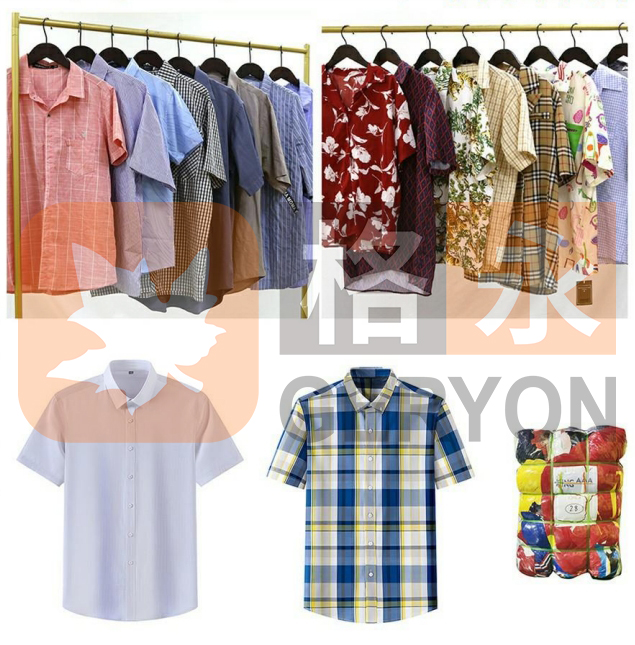
How Secondhand Clothing Supports a Circular Fashion Model
Second-hand clothing is a cornerstone of the circular fashion model, which aims to create a more sustainable and resource-efficient system. In this model, garments are designed for longevity, allowing them to be reused, repaired, or repurposed instead of being discarded after a single use. Secondhand clothing directly supports this approach by encouraging consumers to buy pre-owned items, thereby extending the life cycle of clothing. This shift not only reduces the demand for new production but also minimizes waste in landfills. As consumers increasingly embrace second-hand clothing, they help foster a culture of sustainability that prioritizes the environment and promotes responsible consumption.
The Benefits of Extending the Life Cycle of Garments
Extending the life cycle of garments through secondhand clothing offers numerous environmental and economic benefits. By keeping clothing in circulation for a longer period, we can significantly reduce the need for new resources, such as water, energy, and raw materials, which are required for garment production. This reduction in demand directly contributes to lowering carbon emissions associated with manufacturing processes. Additionally, secondhand clothing allows consumers to enjoy high-quality items at a lower cost, making fashion more accessible. As individuals choose to invest in secondhand clothing, they not only make a positive impact on the environment but also promote a culture of sustainability that values quality over quantity, ultimately benefiting both people and the planet.
How Secondhand Clothing is Shaping Future Fashion Trends
Second-hand clothing is playing a transformative role in shaping future fashion trends, influencing everything from consumer preferences to design philosophies. As more people recognize the environmental and economic benefits of buying pre-loved items, second-hand clothing is becoming a staple in wardrobes worldwide. This shift has prompted designers and brands to rethink their approaches, with many incorporating vintage styles and sustainable practices into their collections. Moreover, the rise of thrifted fashion on social media platforms has encouraged a new wave of creativity, inspiring individuals to mix and match second-hand clothing for unique, personalized looks. As the fashion industry moves towards more sustainable practices, the influence of second-hand clothing will likely continue to grow, proving that style and sustainability can go hand in hand.
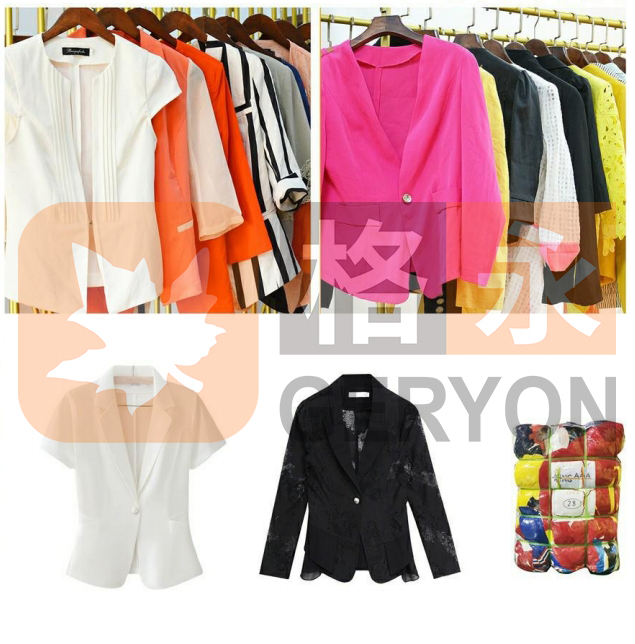
Secondhand Clothing’s Influence on Mainstream Fashion
Secondhand clothing is increasingly influencing mainstream fashion, challenging traditional notions of what constitutes style and luxury. High-end brands and designers are now incorporating elements of vintage and thrifted fashion into their collections, recognizing the value of unique pieces that tell a story. This trend has led to collaborations between luxury labels and secondhand retailers, further blurring the lines between new and pre-owned fashion. As consumers gravitate towards sustainable options, the popularity of second-hand clothing is reshaping industry standards, pushing brands to consider more environmentally friendly practices and to embrace the charm of vintage styles in their offerings.
The Increasing Acceptance of Pre-Loved Fashion Among Consumers
The increasing acceptance of pre-loved fashion among consumers marks a significant cultural shift in how we view clothing ownership. Once stigmatized, secondhand clothing is now celebrated for its uniqueness, affordability, and sustainability. Social media platforms play a crucial role in this transformation, as influencers and trendsetters showcase their thrifted finds, encouraging their followers to explore secondhand options. As a result, more people are recognizing the value of second-hand clothing as a viable alternative to fast fashion, contributing to a broader acceptance of sustainable shopping practices. This growing appreciation for pre-loved fashion not only promotes responsible consumption but also fosters a community that values individuality and creativity in personal style.
Conclusion: Why Secondhand Clothing is Here to Stay
In conclusion, second-hand clothing is here to stay, firmly establishing itself as a fundamental component of the modern fashion landscape. As consumers become more aware of the environmental and economic benefits associated with pre-loved garments, the demand for secondhand clothing continues to grow. This trend is not merely a passing fad; it reflects a deeper cultural shift towards sustainability and responsible consumption. By choosing secondhand clothing, individuals are not only saving money but also actively participating in a movement that prioritizes eco-friendliness and uniqueness over the disposable nature of fast fashion. As the industry evolves and more people embrace the values of sustainability, secondhand clothing will undoubtedly play a pivotal role in shaping the future of fashion for years to come.
Recap of the Environmental and Economic Benefits
In summary, secondhand clothing offers a myriad of environmental and economic benefits that make it a compelling choice for today’s conscious consumers. By opting for pre-loved garments, individuals help reduce textile waste and lower the demand for new production, which in turn diminishes the negative environmental impacts associated with fast fashion. Economically, secondhand clothing provides access to high-quality and often designer items at significantly lower prices, making fashion more affordable for a wider audience. This dual advantage of promoting sustainability while saving money highlights why secondhand clothing is not just a trend but a smart and responsible choice for consumers looking to make a positive impact.
Final Thoughts on the Future of Sustainable Fashion
Looking ahead, the future of sustainable fashion appears promising, with secondhand clothing at its forefront. As awareness of the fashion industry’s environmental footprint grows, consumers are increasingly prioritizing sustainability in their purchasing decisions. This shift is driving brands to rethink their practices and embrace circular fashion models, where secondhand clothing plays a vital role. As more people recognize the value of pre-owned items, the stigma around thrift shopping continues to fade, paving the way for a more inclusive and eco-conscious fashion landscape. Ultimately, the integration of secondhand clothing into mainstream culture signifies a hopeful shift towards a more sustainable future, where style and responsibility coexist harmoniously.






